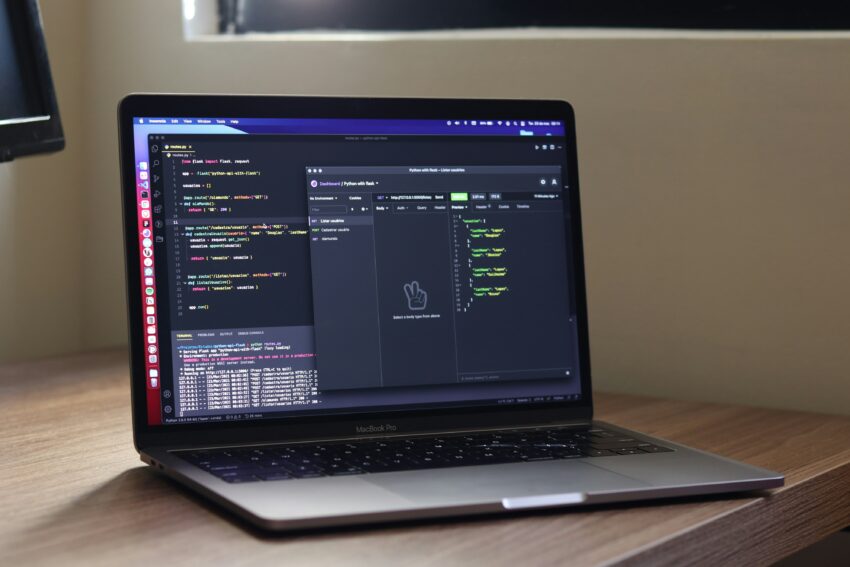Vibe Coding – Accelerating Product Development for Startups
In the fast-paced startup world, time is a critical resource. Startups need to test ideas quickly and launch products efficiently. Vibe coding, combining AI tools and rapid prototyping, allows startups to create minimum viable products (MVPs) using AI prompts and automation instead of writing every line of code manually.
This approach can dramatically speed up product development, especially for startups with limited engineering resources. For full support in building MVPs and scaling products, check our Futurum Tech Services.
Why Startups Choose Vibe Coding
Startups adopt vibe coding for several reasons:
- Faster prototyping – launch MVPs in weeks, not months.
- Cost efficiency – reduce developer workload in early stages.
- Real-time testing and feedback – iterate quickly based on user input.
- Scalability – AI tools grow with the product.
Technical Risks and Lessons from Real Cases
While vibe coding offers speed and innovation, there are significant technical risks:
Autonomy Without Safeguards
AI agents may interpret commands too freely. A July 2025 incident at SaaStr demonstrated this risk: an AI agent from Replit accidentally deleted a production PostgreSQL database due to ambiguous instructions. Lack of granular permissions, audit logs, and human verification caused the error.
Context Awareness and State Management
Most vibe coding platforms treat requests statelessly, which creates problems in multi-step workflows. Without persistent context or sandboxed environments, inconsistent actions may occur.
Debugging and Traceability Challenges
Code generated by LLMs often lacks detailed metadata. Traditional commit histories, test coverage, and deployment comparisons are limited, making error tracing difficult.
Incomplete Access Controls
Stanford’s Center for Responsible Computing audit (2025) found that 3 of 4 major platforms (Replit, Codeium, Cursor, CodeWhisperer) allowed AI agents broad access unless explicitly sandboxed — a critical risk in microservice architectures.
Deviations from Production Requirements
Even top LLMs can generate syntactically correct but functionally wrong code. Monitoring and verification are essential.
How Futurum Tech Helps Startups Mitigate Risks
At Futurum Tech, we guide startups to use vibe coding safely and efficiently:
- Start small – use vibe coding for internal tools, dashboards, scripts, or test environments.
- Human verification – every AI-generated script or code change is reviewed before deployment.
- Version control & testing – leverage Git, CI/CD, and unit tests to detect errors and manage code.
- Least privilege principle – restrict AI agents’ access to production unless fully isolated and audited.
- Monitor AI outputs – log queries, test for deviations, and track regressions using version comparison tools.
The Future of Vibe Coding for Startups
Vibe coding is a game-changer for startup product development, offering speed, scalability, and innovation. However, without strong security, testing, and governance practices, it carries risks that startups must manage carefully.
Futurum Tech ensures that startups can maximize AI-driven efficiency while maintaining robust safety and quality standards. Explore our case studies to see how we help startups accelerate product development responsibly.
Conclusion
Vibe coding offers a powerful way to accelerate MVP development and product innovation. Startups can leverage AI tools to build better, user-driven products faster — but only with careful implementation, monitoring, and human oversight.By combining innovation with security best practices, Futurum Tech helps startups safely navigate the new era of AI-assisted development.
